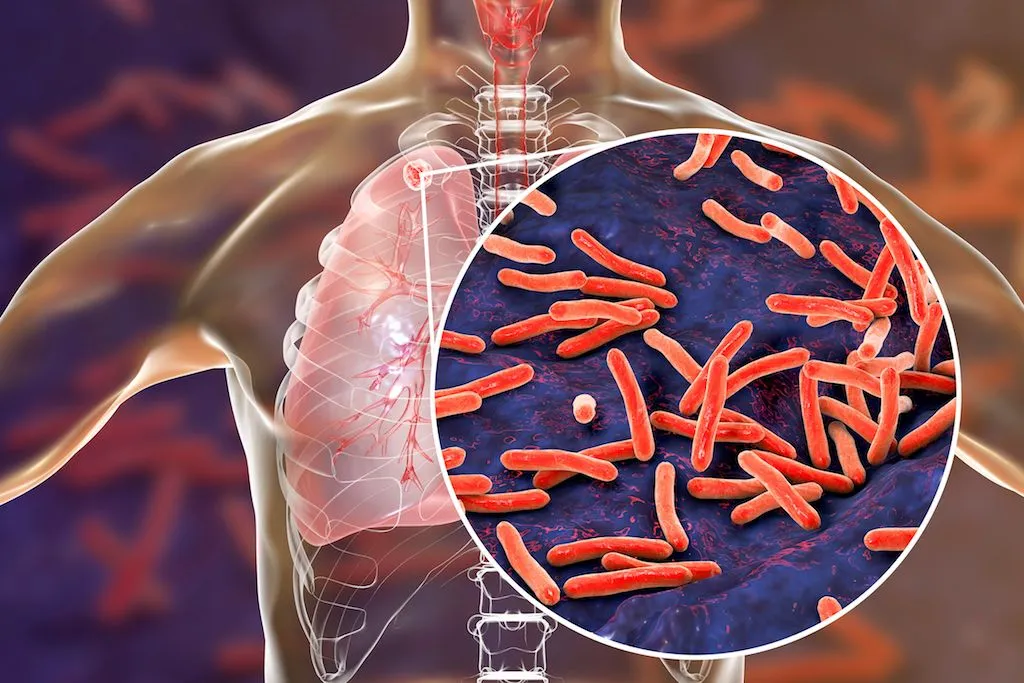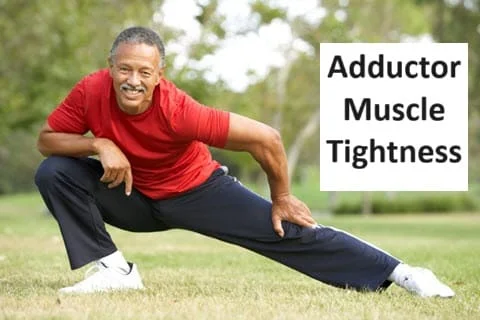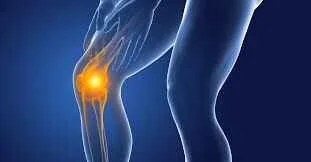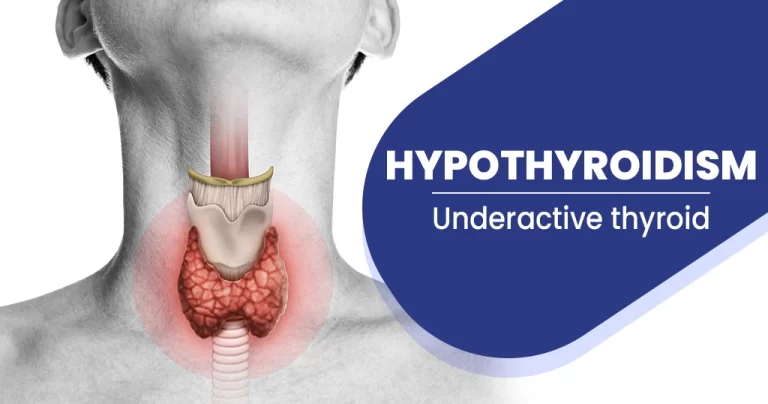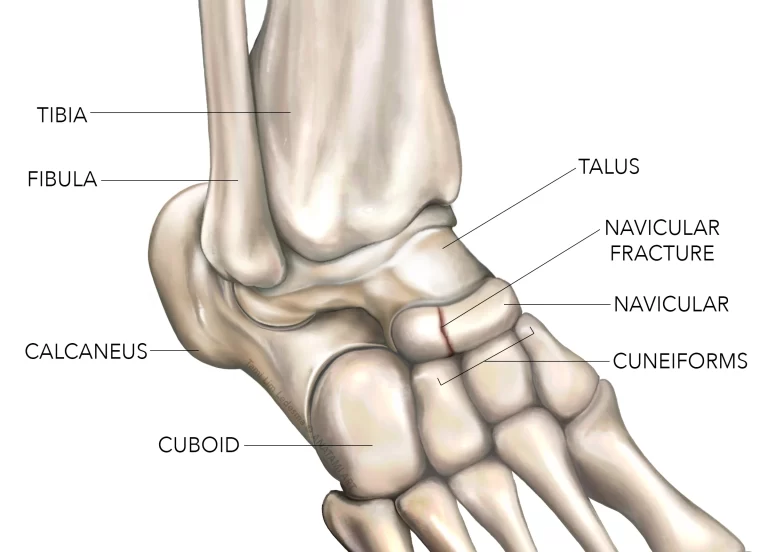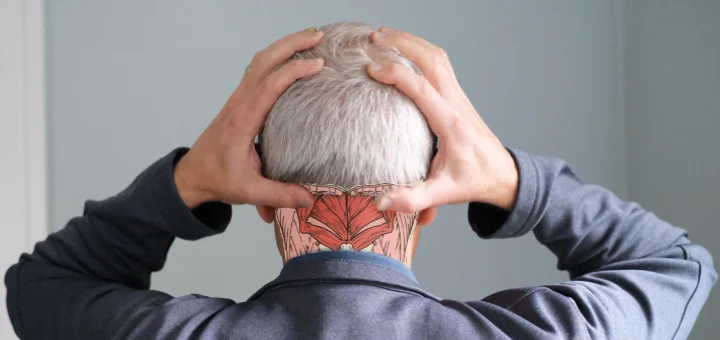Tuberculous arthritis
What is Tuberculous arthritis?
Tuberculous arthritis is an infection of the joints or junctions due to Tuberculosis (TB) that leads to degenerative changes in the affected joints.
Causes, incidence, and risk factors
Tuberculous arthritis is induced by the bacteria, Mycobacterium tuberculosis.
A very small numeral of people who have Tuberculosis – TB will create this form of arthritis. The joints or junctions most frequently affected are the:
- Ankles
- Hips
- Knees
- Spine
- Wrists
Most cases affect just one junction or joint.
Tuberculosis – TB affecting the spine is frequently referred to as Pott’s spine condition. It makes up almost half of all Tuberculosis – TB-related bone infections.
Symptoms of Tuberculous Arthritis
- Joint stiffness – Decreased motion in the junctions or joints
- Excessive sweating, particularly at night
- Joint or junction swelling with warm, tender junctions or joints
- Low-grade fever
- Muscle atrophy
- Muscle spasms
- Tingling, numbness, or weakness below the infection (if the spine is affected)
- Weight loss or loss of appetite
- Note: The disease generally begins gradually and generally affects only one junction or joint.
Diagnosis
A physical study displays swelling and irritation (inflammation) of the joint or junction.
Tests:
- Aspiration of fluid in the junction or joint
- Biopsy of the joint or junction to see the bacteria that causes Tuberculosis – TB
- Chest x-ray
- CT scan of the spine
- Joint x-rays
- Tuberculin skin test (also known as PPD)
Treatment of Tuberculous Arthritis
Medical treatment
The purpose of therapy is to heal the infection with medicines that fight the TB bacteria. Treatment of active TB will always include a combination of many medicines (generally four medicines). All of the medications are continued until lab tests indicate which drugs work best.
The most generally used drugs contain:
- Isoniazid
- Rifampin
- Pyrazinamide
- Ethambutol
Further drugs that may be used to treat TB contain:
- Amikacin
- Ethionamide
- Moxifloxacin
- Para-aminosalicylic acid
- Streptomycin
You may require to take many various pills at various times of the day for 6 months or longer. You must take the pills the way your health care provider or doctor recommended.
Your doctor or nurse is needed by law to report your TB disease to the local health unit. Your healthcare team will be foolproof that you obtain the best care for your TB.
Taking painkillers and using heat or cold on the joints or junctions may ease the pain. Surgery may be required, particularly to drain spinal abscesses or to stabilize the spine. Surgery is rarely required for infections at further locations.
Physiotherapy treatment in Tuberculous Arthritis
Physical activity can enhance your function, arthritis pain, mood, and quality of life. Joint-friendly physical exercises are low-impact, which suggests they put less pressure on the body, decreasing the risk of damage.
While lying on your back in a supine position, drag both your knee joints up to your chest and thrust your head forward until you feel a mild stretch. This will lengthen both your lower back and your neck.

Knee Chest Stretch
Once again, lay on your back in a supine position but this time, place both your heels on the bottom, flexing at the knees joints. Next, bring both hands and placed them behind one of your knee joints, carrying it up to your chest. Replicate with the further leg.

Chin to Chest Stretch
In a sitting or standing position, slightly lean your head forward until your chin feels your chest. This is a great stretch for anyone who operates at a computer, as it can be conducted throughout the day to relieve neck pressure.
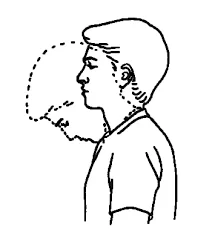
Ear to Shoulder Stretch
Solely like the Chin to Chest Stretch, this is one you can accomplish while sitting at a desk or workstation. Simply flex your neck to the side like you were attempting to touch your ear to your shoulder. Just create sure not to lengthen too far, and prevent when you sense a mild stretching.
Hip Stretch
Stand with your feet shoulder-width separated, then bring a half-step back with your right foot. Next, flex your left knee joint and move your weight to your right hip. Maintain your right leg straight and arrive down your right leg until you sense a mild stretch in your external hip.
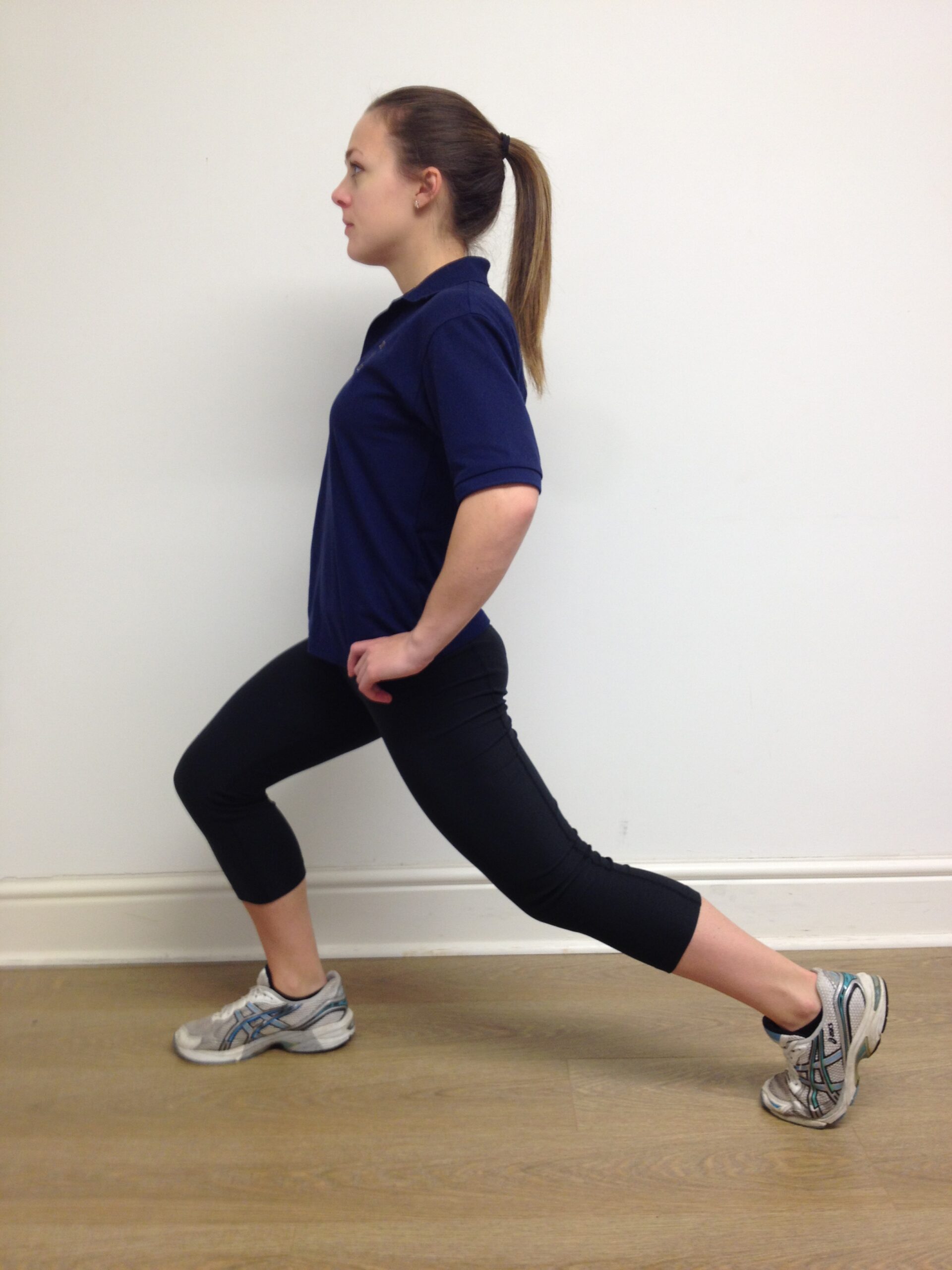
Praying position stretches
While standing, put your palms jointly in a praying position. Have your elbows connect. Both hands should be in front of your face. Your arms should be adjoining each other from the ends of your fingers to your elbows.
With your palms squeezed together, gradually extended your elbows separated. Accomplish this while lowering your hands to waist height. Stop when your hands are in front of your tummy button or you sense the stretch.
Maintain the stretch for 10 to 30 seconds, then reprise.
Lengthen one arm in front of you at shoulder height.
Maintain your palm down, facing the bottom.
Free your wrist so that your fingers point lowered.
With your free hand, slightly grab your fingers and draw them back toward your body.
Maintain for 10 to 30 seconds.
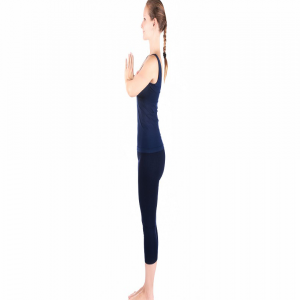
Extended arm
To lengthen in the opposite direction:
Lengthen your arm with your palm facing up toward the roof.
With your free hand, slightly push your fingers down toward the bottom.
Slightly drag your fingers back toward your body.
Maintain for 10 to 30 seconds.
Reprise both stretches with the further arm. You should cycle via the stretches two or three times per arm.
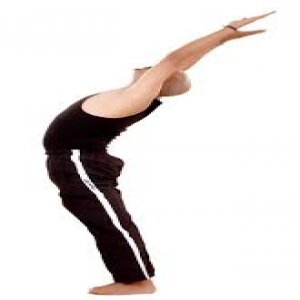
Clenched fists
While seated, put your open hands on your thigh muscles with palms up.
Lock your hands gradually into fists. Accomplish not to grip too tightly.
With your forearms connecting your legs, lift your fists off of your legs and back toward your body, twisting at the wrist.
Maintain for 10 seconds.
Lower your fists and gradually open your fingers broadly.
Reprise 10 times.
Ankle Stretch
Put one end of a Sportcord over your right foot at the instep (not the end of the shoe). Lengthen your right leg and drag up the Sportcord until you have the expected resistance and problem. Lengthen your right toe lowered as if you are pushing on the gas pedal in your car. Maintain expanded for five seconds, and then replicate twenty times. Change legs and recount with the other foot.

Ankle Flexion
Sitting on a chair as displayed with left leg lengthened. Bend the top of the toe backward, and maintain for 20 seconds. Calm down, and reprise 10 times.
Heel Raises
Stand close to a wall or chair that you can balance against. Gradually lift your left foot backward until your lower leg is at a 90-degree curve. Maintain for 5 seconds, and return to the beginning position. Recount 10 times per leg.

Heel Slides
Lie on the bottom as depicted and glide your right heel up towards your buttocks as distant as satisfied then slide back down. Recount 10 times per leg.
Ankle Rotations
Lift your foot approximately 20 inches off the bottom. Then with your toe upward, turn the foot to the left and then back to the right. Maintain for 10 seconds then return to the beginning position. Replay 20 times per leg.
Unweighted Exercises Leg Cycle Exercise
Begin by lying on your back in a supine position with both legs upward. Lengthen both your arms and get away at your sides for balance. Start a cycling movement with your feet in the air. Attempt to raise the range of movement in the knee joint or junction region, so the flexion per leg goes from nearly straight and extended to flex at a ninety-degree curve.
Leg Adduction
As shown, begin with one foot above the chair, and one below relaxing on the bottom. Lift the straightened leg upward opposite to the base of the chair. Maintain for ten seconds and then return the leg to the bottom.
Unweighted Flexion
Stand after a chair utilizing the back of the chair for balance. Bend your left leg up to around a ninety-degree curve, maintain for ten seconds, then go back to the beginning position. Change legs, and accomplish ten recurrences per leg.
Knee Full Extension Exercise
Begin by sitting in a chair that is high sufficient so that the knee joint can flex to a ninety-degree curve. Gradually lift the leg until it is horizontal. Maintain for five seconds, and gradually let it return to the bottom. Reprise with another leg. Accomplish twenty repeats, if capable.
Ankle Stretch
Put one end of a Sportcord over your right foot at the instep (not the end of the shoe). Lengthen your right leg and drag up the Sportcord until you have the expected resistance and problem. Lengthen your right toe downward, as if you are pushing on the gas pedal in your car. Maintain outstretched for five seconds, and then reprise twenty times. Change
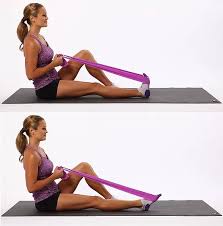
Single Hamstring Stretch
Sit on the bottom with your left leg outstretched and your right leg flexed as shown. With both hands outstretched, come out toward the toes of the left foot. Don’t bounce, solely stretches gradually. Attempt to maintain the stretch for ten seconds, then go back to the beginning position. Accomplish ten repeats before changing legs.
Knee Stretch
Begin with your right leg barely flexed as shown, and with your left leg struck over the other. Grasp the right leg at the back of the thigh and drag it toward the chest until the right leg is straight up, but not distant. Maintain for five seconds, then return to the beginning position. Change legs and reprise. Accomplish ten recurrences per leg. Stop if the activity causes more aches in your sore knee joint.
Straight-Leg Lift Exercise
Begin by lying on your back in a supine position with your left leg flexed upward. Maintain your right leg fully extended straight out. Gradually lift your right leg to almost a forty-five-degree curve, maintaining the leg locked straight. Maintain for five seconds and then gradually lower to the flat, relaxing position. It is not required to bring the leg straight up to ninety degrees, as the hardest range of movement is the first two feet off the bottom. Reprise twenty times. Change to the opposite leg.

Straight-Leg Piriformis Stretch
Lie on your back in a supine position as shown. Lift your left leg and carry it across your body, attempting to create it touch the bottom with your right hand. Maintain both your shoulders flat to the bottom. Maintain for twenty seconds, then return to the beginning position and reprise for the further leg. Accomplish ten repeats per leg.
Horizontal Straight-Leg Raise with Chair
Use two chairs or a chair across from a couch. While seated, lengthen your leg so that it relaxes on the further chair. Gradually lift the leg no more than twelve inches, maintaining it straight during the movement. Maintain for ten seconds, then return to the beginning position. Recount ten times per leg.
Prognosis
This form of arthritis can be very damaging to the tissues. Preventing the infection should prevent more joints or junctions from evolving involved. Nevertheless, joint or junction destruction may bring place before the infection is maintained.
Complications
- The collapse of the vertebrae, resulting in kyphosis
- Nerve compression
- Joint destruction
- Spinal cord compression
How to Prevent Tuberculous Arthritis?
TB is a preventable illness, even in those who have been disclosed to infected people. Skin testing (PPD) for Tuberculosis – TB is used in high-risk people or in patients who may have been disclosed to Tuberculosis – TB, like healthcare employees.
A positive skin test means Tuberculosis – TB exposure and an inactive infection. Consult preventive treatment with your doctor or physician. A patient who has been disclosed to Tuberculosis – TB should be skin tested instantly and have a follow-up test at a later date, if the first trial is negative.
Immediate treatment is especially necessary for preventing the spread of Tuberculosis – TB from those who have active Tuberculosis – TB illness to those who have never been contaminated with Tuberculosis – TB.
Some nations with a high incidence of Tuberculosis – TB provide patients with a vaccination (known as BCG) to control Tuberculosis – TB. Yet, the point of this vaccine is contentious, and it is not routinely utilized in the United States.
A patient who has had BCG may still be skin tried for Tuberculosis – TB. Examine the examination results (if positive) with your physician or doctor.
FAQ
Is tubercular arthritis curable?
The mainstay of therapy is multidrug anti-TB therapy (for 12-18 months) and active-assisted non-weight-bearing activities of the involved joint or junction throughout recovery. Operative intervention (synovectomy and debridement) is needed when the patient is not reacting after 4-5 months of anti-TB therapy.
How can the doctor differentiate between tuberculous arthritis and rheumatoid arthritis?
The utilization of MRI is very useful in determining between tuberculous arthritis and rheumatoid arthritis, as a constant synovial thickening, large dimension of bone erosion, edge enhancement at the area of bone erosion, and extra-articular cystic masses were more regular and more multiple in tuberculous arthritis.
Is tuberculosis arthritis contagious?
Tuberculosis is induced by bacteria that spread from person to person via microscopic droplets released into the air. This can occur when a person with the untreated, active form of tuberculosis speaks, coughs, sneezes, laughs, spits, or sings. Although tuberculosis is infectious, it’s not effortless to see.
Why do rheumatologists test for TB?
The risk of latent tuberculosis reactivation in rheumatoid arthritis (RA) persons is a perpetual problem among rheumatologists. Persons with rheumatoid arthritis – RA have a 4-fold raised risk of tuberculosis (TB) illness corresponded to the general population
What is the fastest way to cure TB?
After bringing antibiotics for 2 weeks, most patients are no longer contagious and feel sufficient. Nevertheless, it’s essential to continue bringing your drug precisely as defined and to finish the whole course of antibiotics. Bringing drugs for 6 months is the best way to provide the Tuberculosis – TB bacteria are destroyed.

